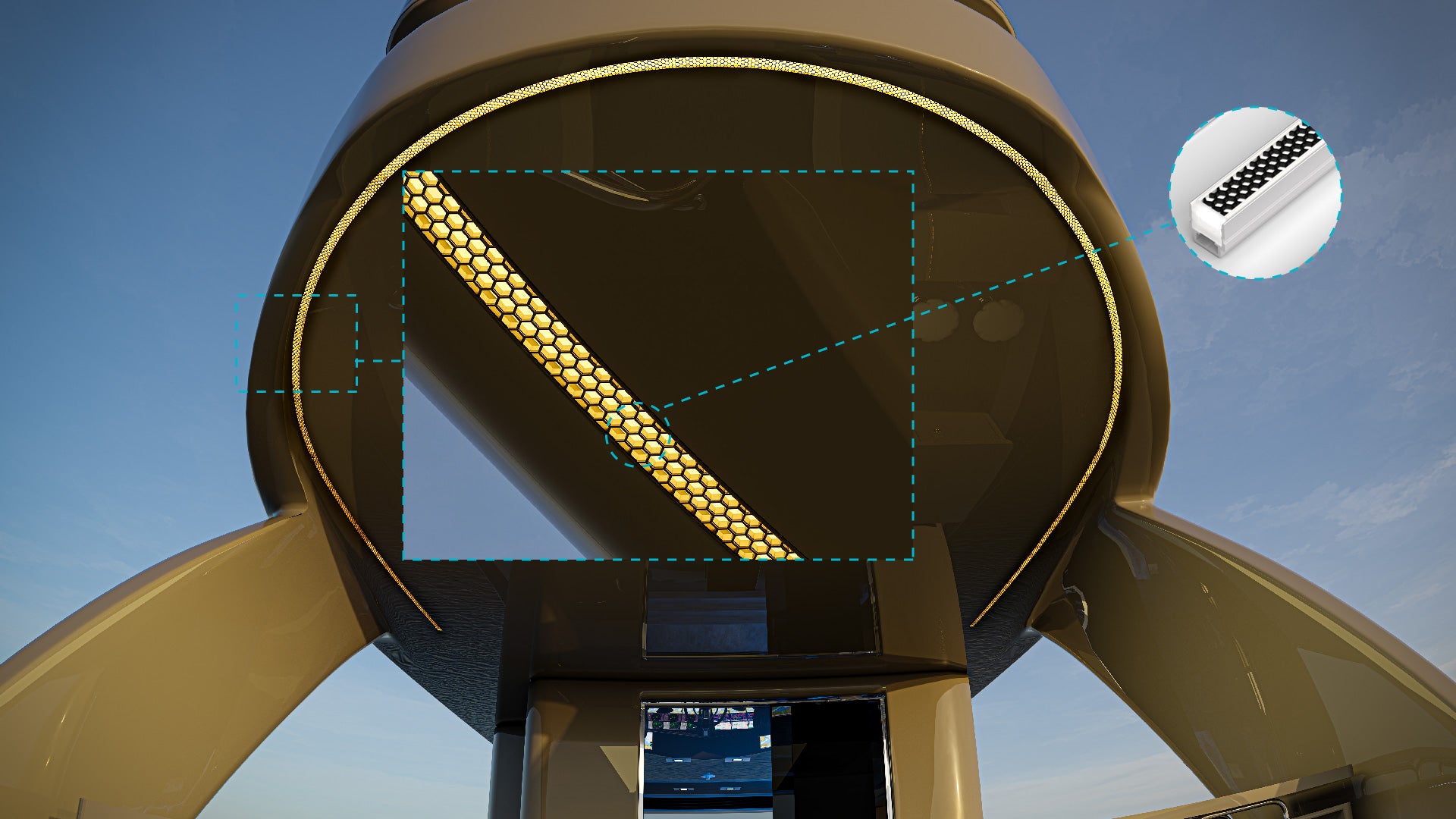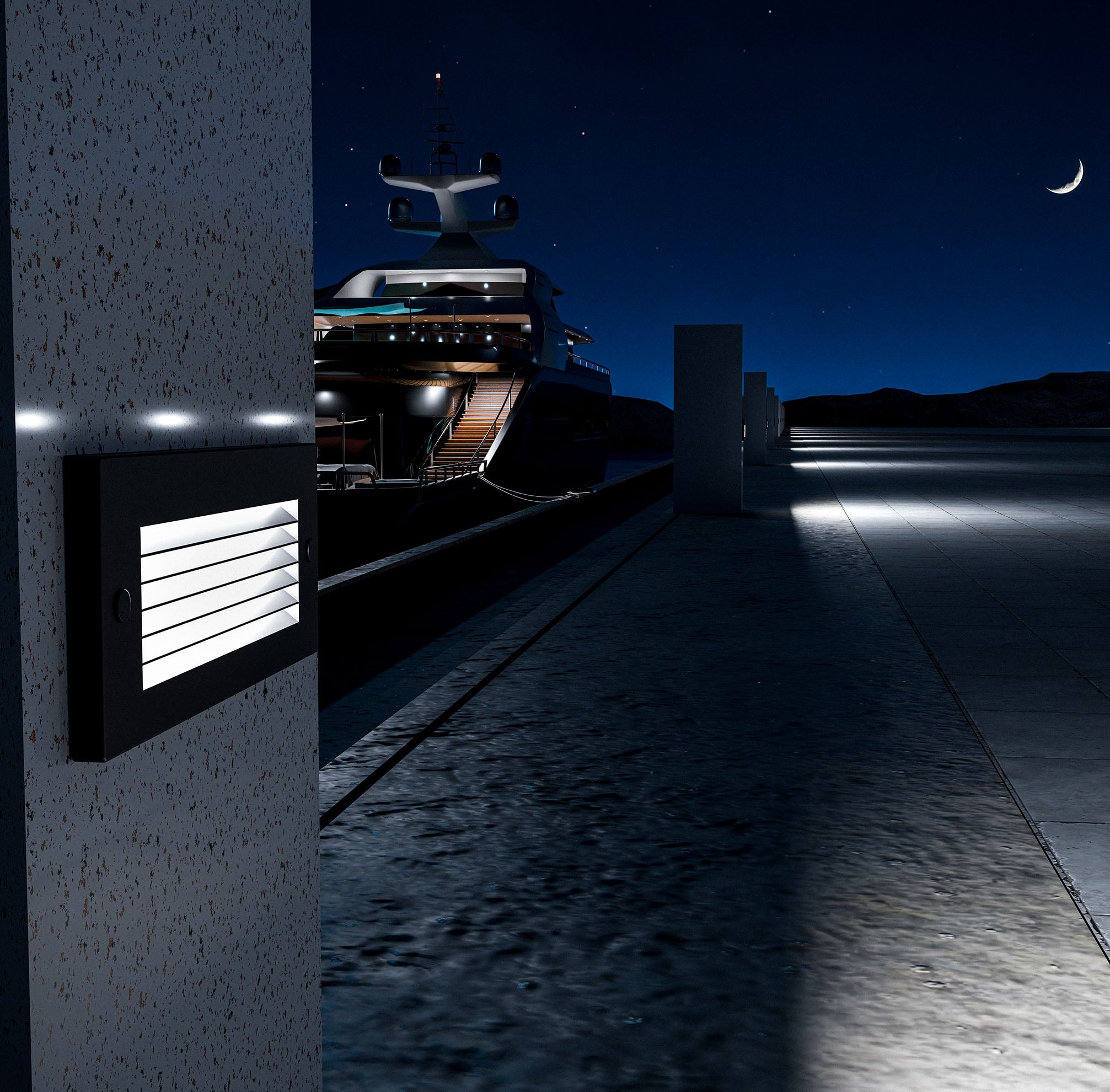Lighting technology has evolved significantly, offering various options for residential, commercial, and industrial applications. Understanding the differences between these technologies is crucial for making informed decisions. The right lighting choice impacts energy efficiency, safety, and overall performance. Selecting the best lighting system can lead to substantial cost savings and enhanced functionality.
Understanding DC and AC Lighting
DC (Direct Current) lighting operates on direct current, where the electric charge flows in one direction. This type of lighting is commonly used in batteries, solar panels, and some specialized applications. On the other hand, AC (Alternating Current) lighting operates on alternating current, where the electric charge periodically reverses direction. This is the standard for most household and commercial power supplies. The basic differences between DC and AC lighting systems lie in their complexity and infrastructure requirements. DC lighting systems are simpler, often requiring fewer components, while AC systems involve more complex infrastructure and are typically used in grid-connected environments.
Advantages of DC Lighting
Energy Efficiency
DC lighting typically consumes less power, leading to lower energy usage and reduced electricity bills. This efficiency is due to the direct nature of power transmission in DC systems.
Safety
DC lighting operates at lower voltages, reducing the risk of electrical shocks and fires. This makes it a safer option for various applications, especially in residential and sensitive environments.
Longevity and Reliability
DC lighting fixtures often have a longer lifespan due to fewer components that can fail. This leads to consistent performance and reduced maintenance costs over time.
Compatibility with Renewable Energy Sources
DC lighting is highly compatible with renewable energy systems like solar panels and wind turbines, which naturally produce DC power. This compatibility supports sustainable energy solutions and reduces the need for power conversion.
Reduced Heat Emission
DC lighting generates less heat compared to AC lighting, which can be beneficial in temperature-sensitive environments. Lower heat emission also contributes to overall energy efficiency.
No Electrical Interference
AC lighting can cause data / voltage interference, while DC lighting does not have this issue. AC circuits are able to cause reactions in other components due to the behaviour of alternating current.
Applications of DC Lighting
Residential Lighting
DC lighting can enhance home energy efficiency and safety. Its lower power consumption and reduced heat output make it ideal for home use, especially in off-grid or solar-powered homes.
Commercial and Industrial Lighting
Businesses can benefit from the efficiency and reliability of DC lighting. It is particularly advantageous in large-scale operations where energy savings and reduced maintenance can lead to significant cost reductions.
Automotive and Marine Lighting
DC lighting is standard in automotive and marine applications due to its compatibility with battery systems and its ability to operate efficiently in mobile environments.
Off-Grid and Remote Locations
DC lighting is ideal for areas without reliable AC power infrastructure. It can be powered by renewable energy sources, making it suitable for remote locations and off-grid living.
Challenges and Considerations
Initial Setup and Conversion Costs
Transitioning to DC lighting may involve upfront costs for new fixtures and infrastructure changes. However, these costs are often offset by long-term energy savings and reduced maintenance.
Compatibility with Existing AC Infrastructure
Existing buildings and systems may require modifications to integrate DC lighting. Understanding the compatibility and potential conversion needs is essential for a smooth transition.
Future Advancements and Solutions
Ongoing advancements in DC technology and renewable energy integration are making DC lighting more accessible and cost-effective. Staying informed about these developments can help in making future-ready decisions.
DC lighting offers numerous advantages, including energy efficiency, safety, reliability, and compatibility with renewable energy sources. These benefits make it a superior choice for various modern applications. Considering the long-term benefits, DC lighting is a compelling option for those looking to enhance efficiency and sustainability in their lighting solutions.
K2 Lighting is a leading provider of advanced lighting solutions, specializing in innovative and efficient lighting technologies. With a comprehensive range of DC lighting products, K2 Lighting is equipped to meet the diverse needs of residential, commercial, and industrial clients. For more information about DC lighting solutions and how they can benefit your specific application, visit K2 Lighting or contact K2 Lighting for a consultation.





